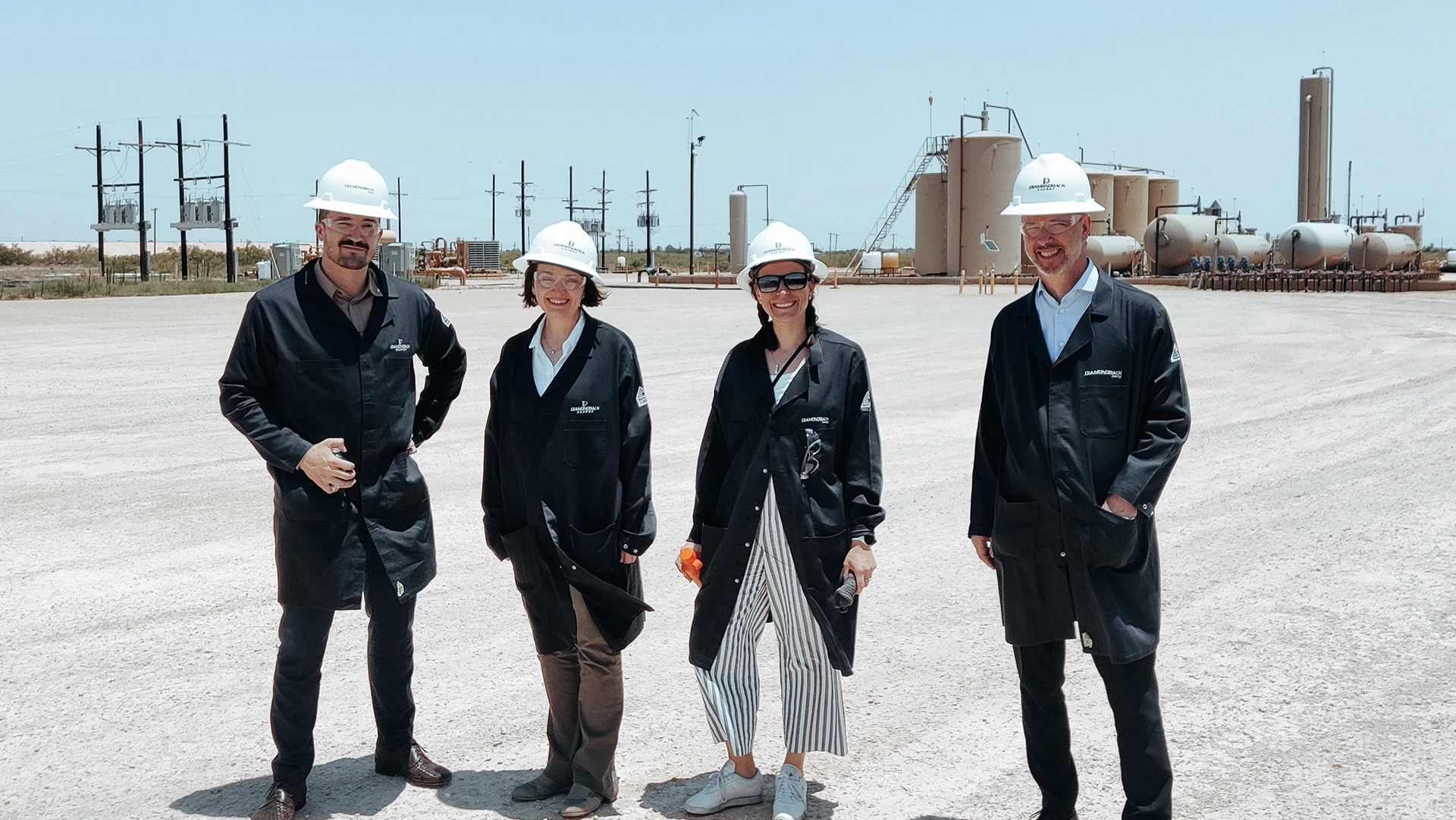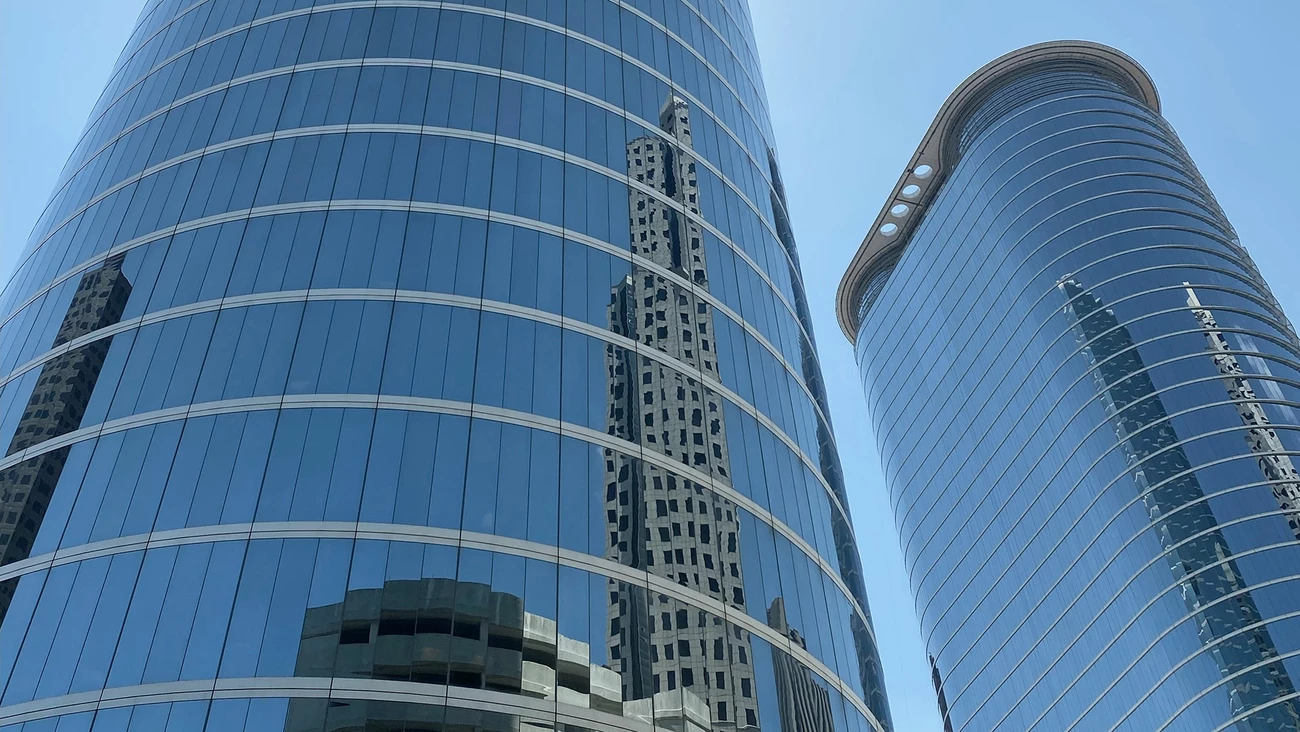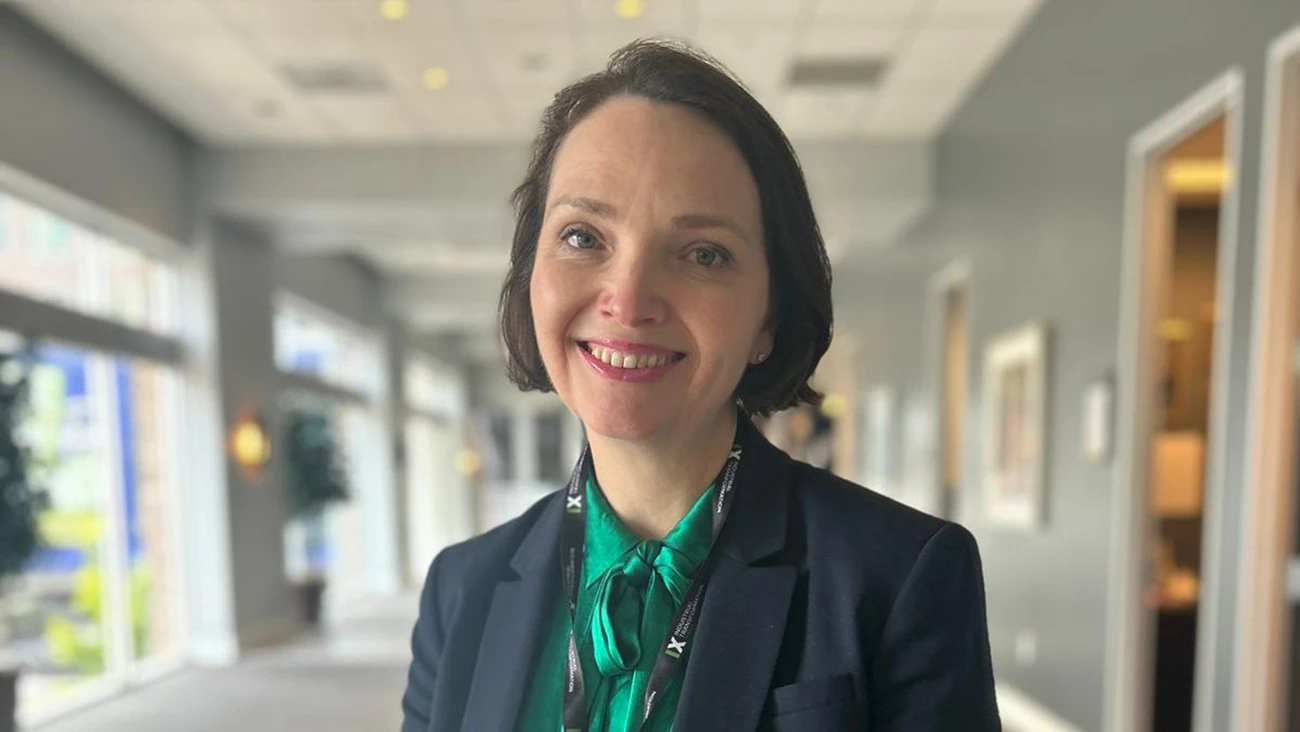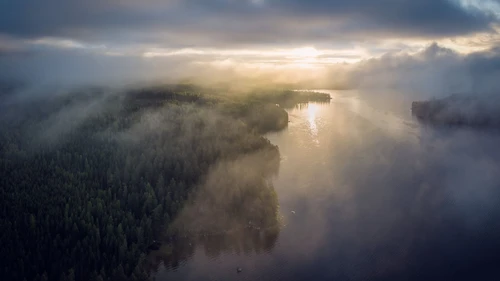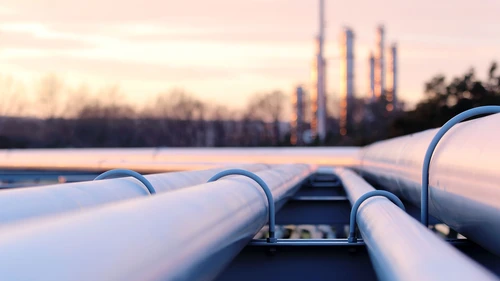You met up with 12 companies in total, has there been any direct outcome of the dialogues yet?
Renée Tengberg: “Three of the companies in the methane engagement – Petrobras, Diamondback Energy and EOG Resources – have joined the OGMP 2.0 during 2023, so that’s a few early wins under our belt. It can potentially take a year or more for companies to work through the changes they need to make to join the programme, so trips such as the one to Texas are a unique opportunity for intensive face-to-face meetings with key decision-makers and specialists.”
“Field trips have traditionally been part of our toolbox, but were on hold during the pandemic. Now they are possible again and it gives us a chance to see the operations and the companies’ ESG practices first-hand. Three of us also participated as speakers at the Global Methane Mitigation Summit, discussing best practices and spelling out investor expectations on methane with more than 300+ oil and gas leaders. And finally, we organised an information-sharing workshop for new companies actively considering OGMP 2.0 membership, which is a way to make a direct impact. Initial feedback from Texas is encouraging and we continue to follow up.”
Eric Pedersen: “It’s important to understand that a thematic engagement is not a one-off activity. It spans several years and this one started in 2022 where we started collaborating with selected partners and clients. During the second half of 2022 and during 2023 – before we went to Texas – we had already had meetings on OGMP 2.0 with Aker BP, Diamondback Energy, Enerplus, EOG Resources, Equinor, INPEX, Ovintiv, Petrobras, Pioneer Natural Resources, OMV, Xcel Energy and YPF. Although we still see gaps in the maturity of the companies in tackling methane emissions, we’re also seeing progress. Many of the companies are taking action to reduce their methane emissions and are in dialogue with the OGMP 2.0 on membership.”
